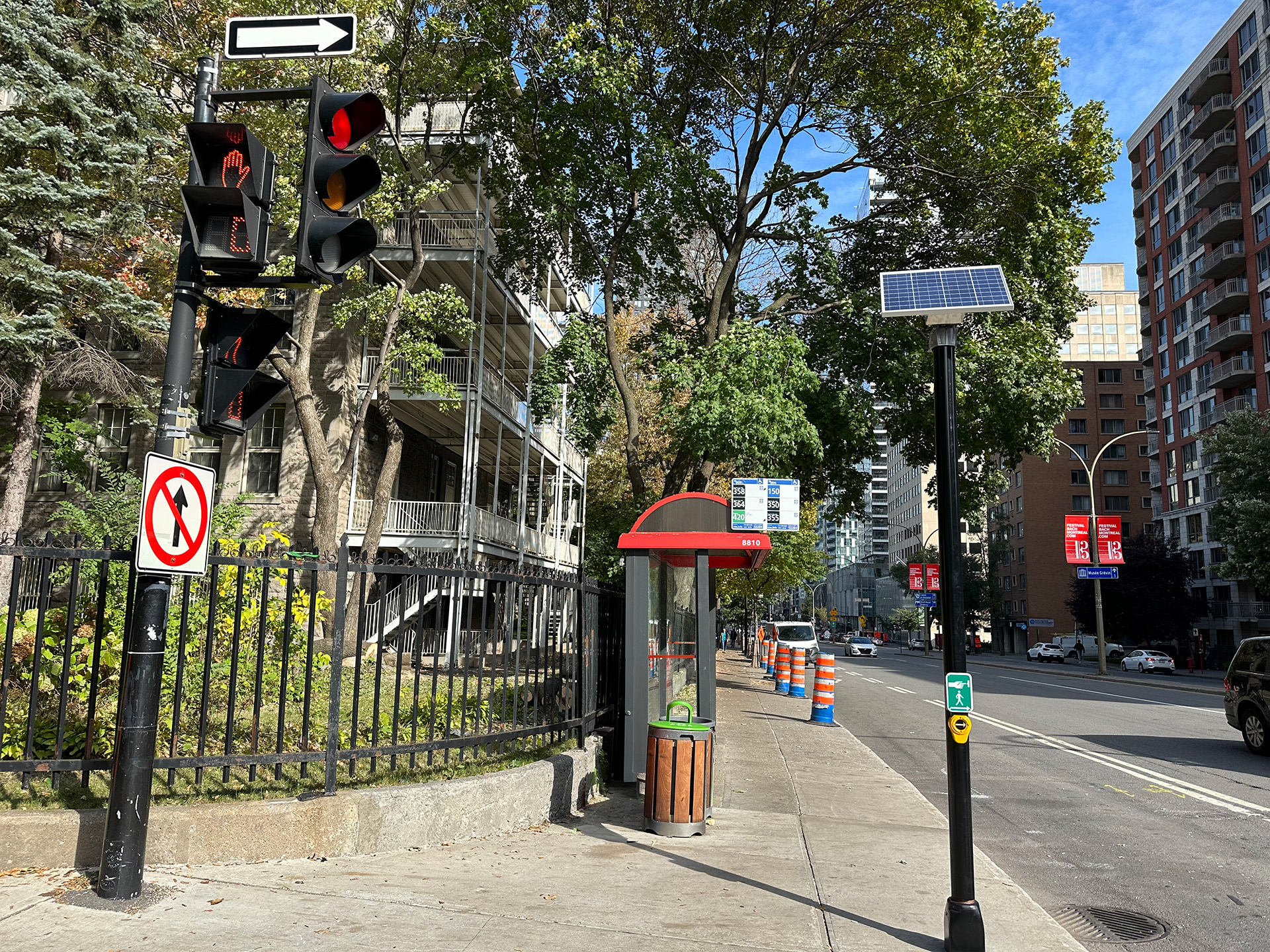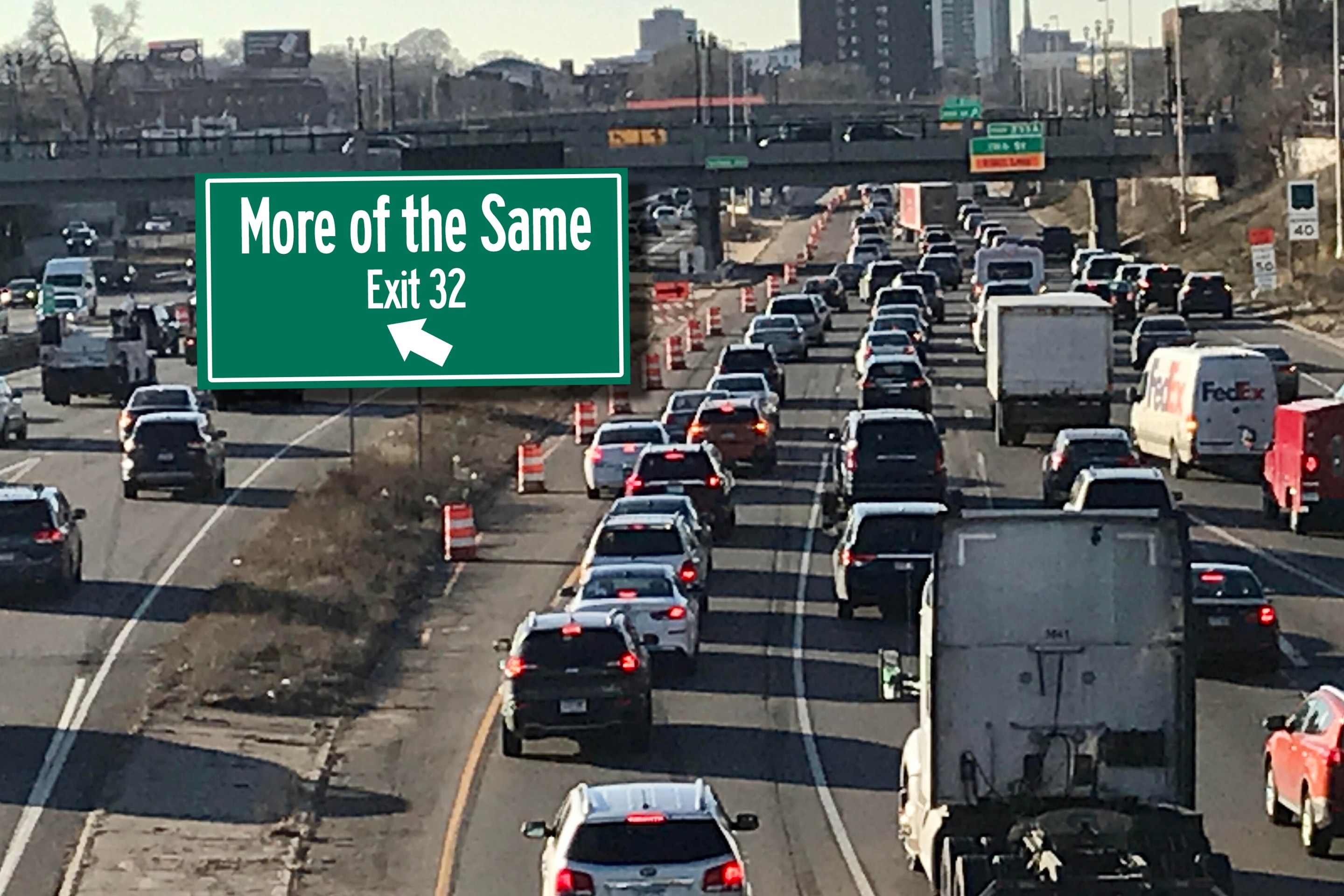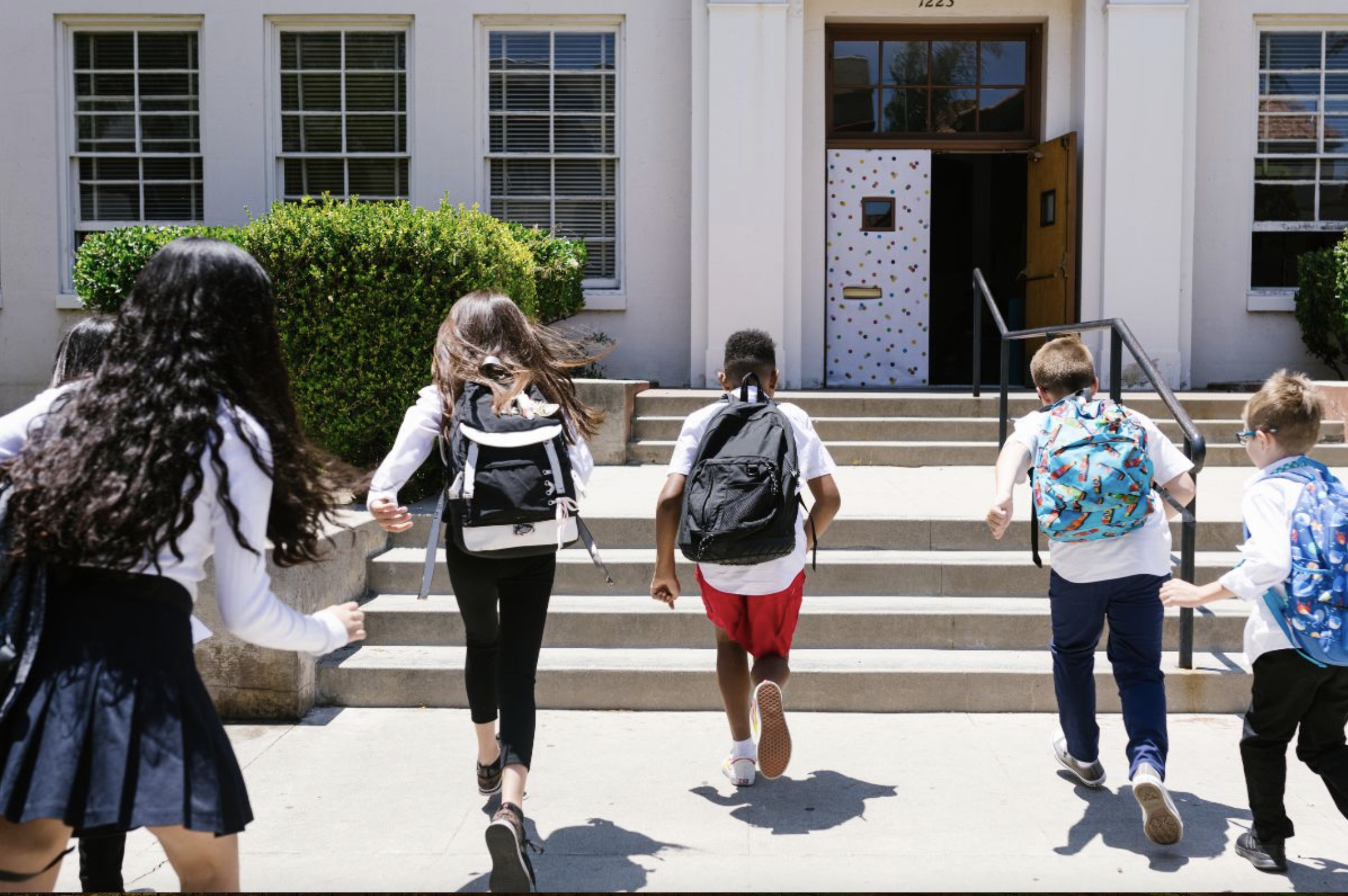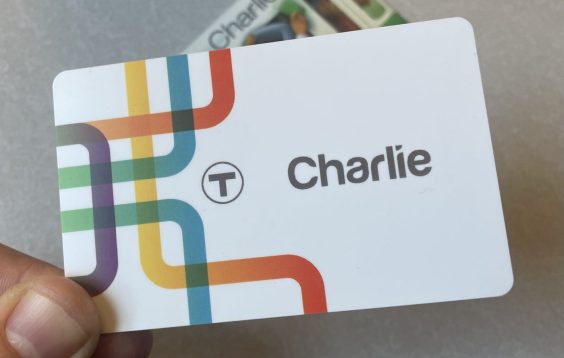A new technology is helping U.S. communities install accessible pedestrian signals at a fraction of the typical cost — and helping get some of America's most long-sought city accessibility requirements off the shelf and onto the streets.
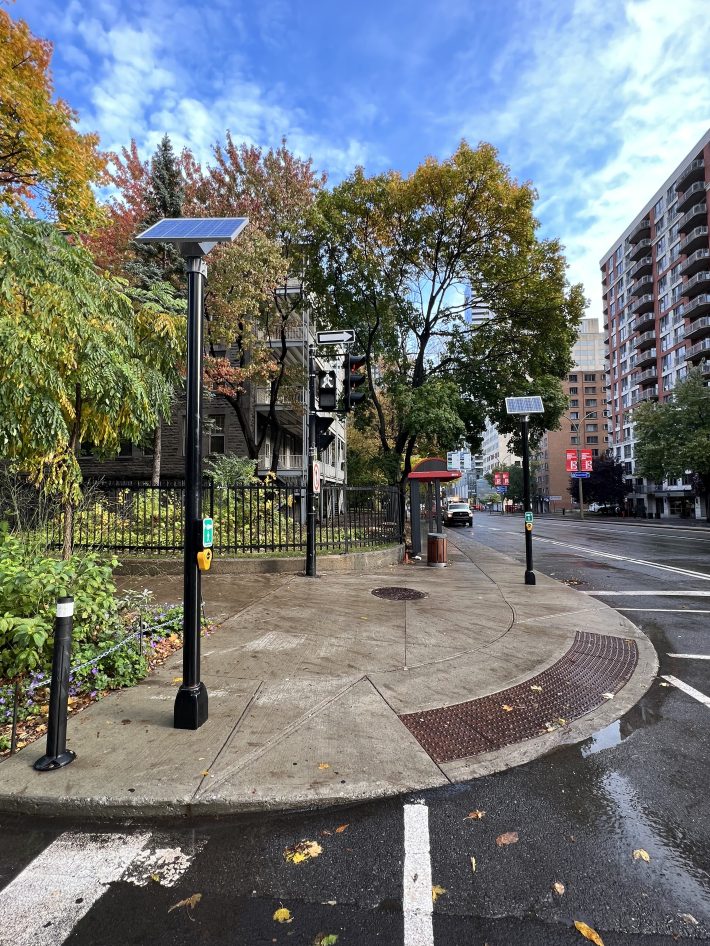
Texas-based traffic device manufacturer Polara recently announced that it had launched a fully wireless and solar-powered pedestrian signal, which uses auditory alerts to alert walkers with vision impairments when and in which direction to cross. After successful pilots in cities like Seattle, New York, and Fort Wayne, communities reported that they could install the signals in days rather than months, at a savings of up to 65 percent in labor and construction costs compared to traditional signals, which often require cities to dig up their streets and run power and wiring underground.
In practice, even the prospect of tearing up asphalt has meant many U.S. cities have barely installed any accessible pedestrian signals at all – and that the 20 million U.S. residents with vision impairments can't always confidently and safely navigate their communities alone. Plaintiffs in a 2020 lawsuit found that New York City had outfitted only around five percent of its interactions with accessible pedestrian signals; in Chicago, it's fewer than two percent.
"If you think about a place like Manhattan, you have lots of very old infrastructure, and lots of traffic — vehicular and pedestrian traffic alike," said Ryan Macias, Polara's vice president of technology solutions. "They literally do not have the poles in place in a lot of intersections to mount the APS devices where they need to be installed, [or] wires going out to those places. ... If they were to attempt to stop traffic and cut up all their intersections, it could cost them on the order of $65,000 just to get the poles in place and the wires routed. We're talking about orders of magnitude difference in the installation."
Get with the PROWAG
That challenge gained new urgency late last year when the U.S. DOT finally adopted the Public Right of Way Accessibility Guidelines, which are known collectively as PROWAG, setting groundbreaking new standards for how cities design or retrofit streets and roads to serve all users — including a standard requiring cities to use accessible pedestrian signals, rather than silent ones that neglect the needs of the blind.
Much like the Americans with Disabilities Act, though, PROWAG didn't require cities to drop everything and swap out all their inaccessible signals right away; it just required them not to simply put the inaccessible signals back if they had to alter the intersection for another reason. And while some are working fast to implement PROWAG anyway — Utah DOT, for instance, is on track to put APS at every signalized intersection on a state owned road by 2033 — that distinction can functionally allow cities not to make critical upgrades.
"Basically any time an agency needs to touch an intersection, PRWOAG has made it so they need to update [their signals] with APS. But the problem is, agencies are saying, 'Well, gosh; I really don't want to do all that trenching and digging to get it installed, so instead, I'm going to go focus my efforts somewhere else,'" added Macias. "With this technology, you can pretty much squash that concern, because you're reducing the costs so much."
Macias argues that by cutting agencies' costs, his company's product removes one of their best excuses to stall on implementing PROWAG. He also says Polara has cracked the code how to design a solar panel for a complex city environment where shadows from buildings and trees might fall across it for long periods of the day, and that the same technology can be used to put signals in other difficult-to-reach places, like adding rapid-flashing pedestrian beacons at mid-block on long arterials.
A supplemental app can even allow a pedestrian to activate the appropriate walk signal before she reaches the button, and raise the volume on the auditory alert so she can more easily locate their crosswalk before her cane ever hits a tactile paver.
"There's some really exciting opportunities ahead with this," Macias adds.
